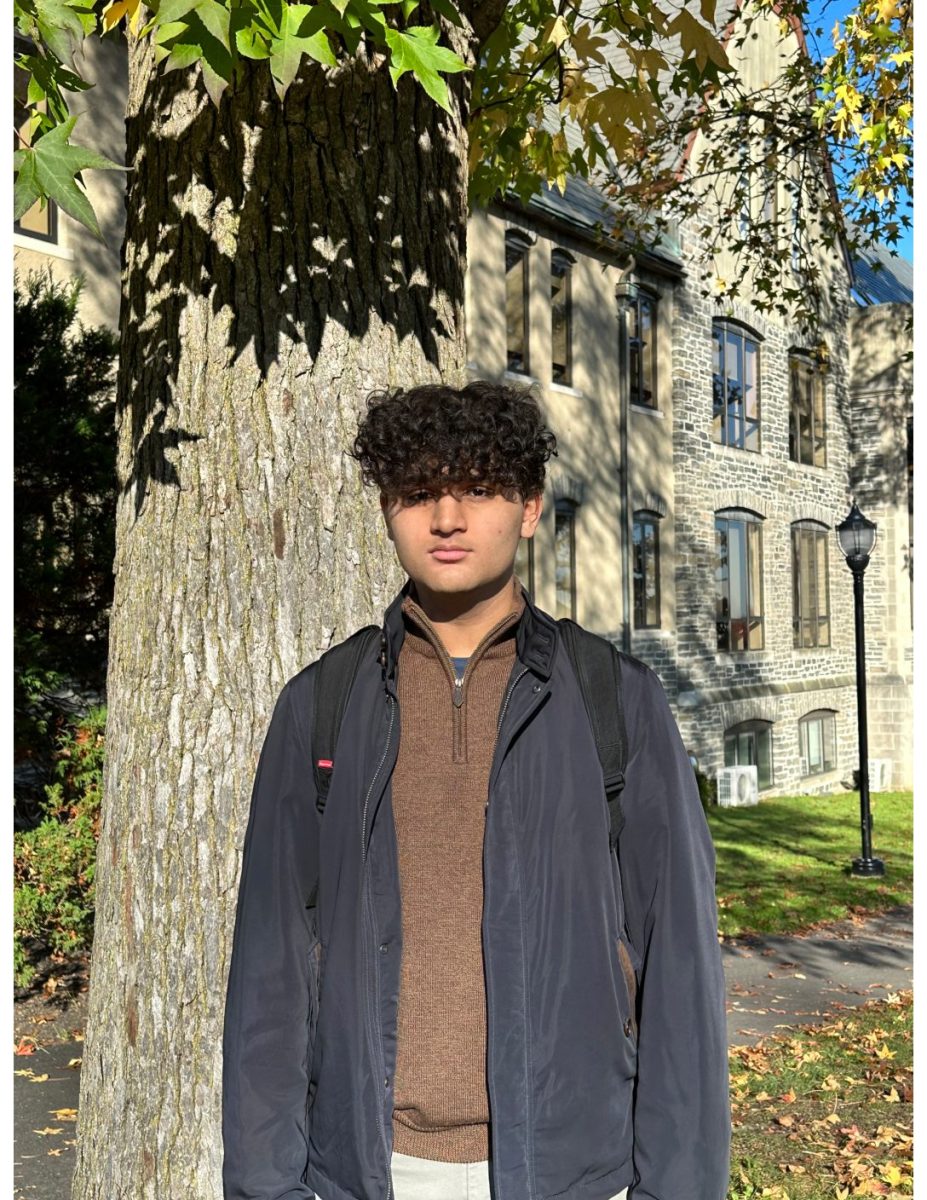Pro: Discussing the merits and issues with gender-separate classes
Middle school Spanish teacher Glenn Rodriguez lectures his all-boys seventh grade Spanish class. The class is a part of the gender-separate class system in the middle school.
December 18, 2019
Since the opening of Masters’ Middle School in 1986, classes have remained gender-separated for a wide variety of reasons. This was primarily based on research that showed that developing young adults, specifically those who were female, are more successful in a single-sex learning environment.
These studies garnered greater national attention following the publication of the book “Reviving Ophelia” by Mary Pipher, which details the societal pressures young women face, especially those related to education and development.
Following the implementation of single-sex education in schools, this ideology proved to be beneficial for boys for the same reason as girls: they felt more inclined to participate and make themselves vulnerable in class without the fear of embarrassing themselves in front of the opposite gender.
In my one year experience at the Masters middle school, the gender-separated classes allowed me to flourish in the classroom because I had fewer insecurities hindering my ability to participate in class. This school year was crucial for my personal development because it later provided me with the confidence to speak my mind in co-ed classes in high school.
As beneficial as single-sex education can be for middle school, it has not been found as successful for high school. The middle school years are more formative in that they are the period in which an individual develops a lifelong system of values. If an individual were to receive a single-sex education through high school, they might not be exposed to certain viewpoints entirely, and might even lack certain social skills. A gender-separate education in the middle school, followed by a co-ed education in high school, is an ideal blend for the development of young adults.
Although there are numerous benefits to a single-sex education, one of the primary flaws is how this policy affects students who are gender non-conforming. In the current system, they would likely have to choose between the two sexes, or not enroll in the school – both choices are less than ideal. Given how few non-binary students there are in the country, (less than 1% of the United States’ teenage population), drastic changes do not need to be made in order to accommodate them.
A student who does not identify as male or female should have the option to choose which learning environment they feel would be most beneficial for them. This choice would not symbolize which sex they personally feel more closely aligned with, but rather which sex they feel more comfortable interacting with in a classroom setting.
It is worth noting that choosing to learn in an all-girls or all-boys environment would not isolate students and prevent interactions with those of the other gender. For example, there are several extracurricular clubs such as Diversity Ambassadors, EFFECT, Masters Interested in Sharing and Helping (MISH), and Gender and Sexuality Alliance (GSA), which are student-run and cCo-ed.
With the addition of GSA and the fact that transgender students have already attended the middle school, the Masters Middle School proves it is and can still be an optimal school for a student who identifies as non-binary or gender non-conforming, regardless of the single-sex learning environments.
This piece was part of a pro/con exploration of the gender-separated class policy in the middle school. Read the con piece here




















Ian stein • Dec 18, 2019 at 9:17 PM
I feel as a middle school alumni, this idea of coming of age and the distractions that come with opposite sex classes is real. This separation creates an awkward environment and should be taken away!